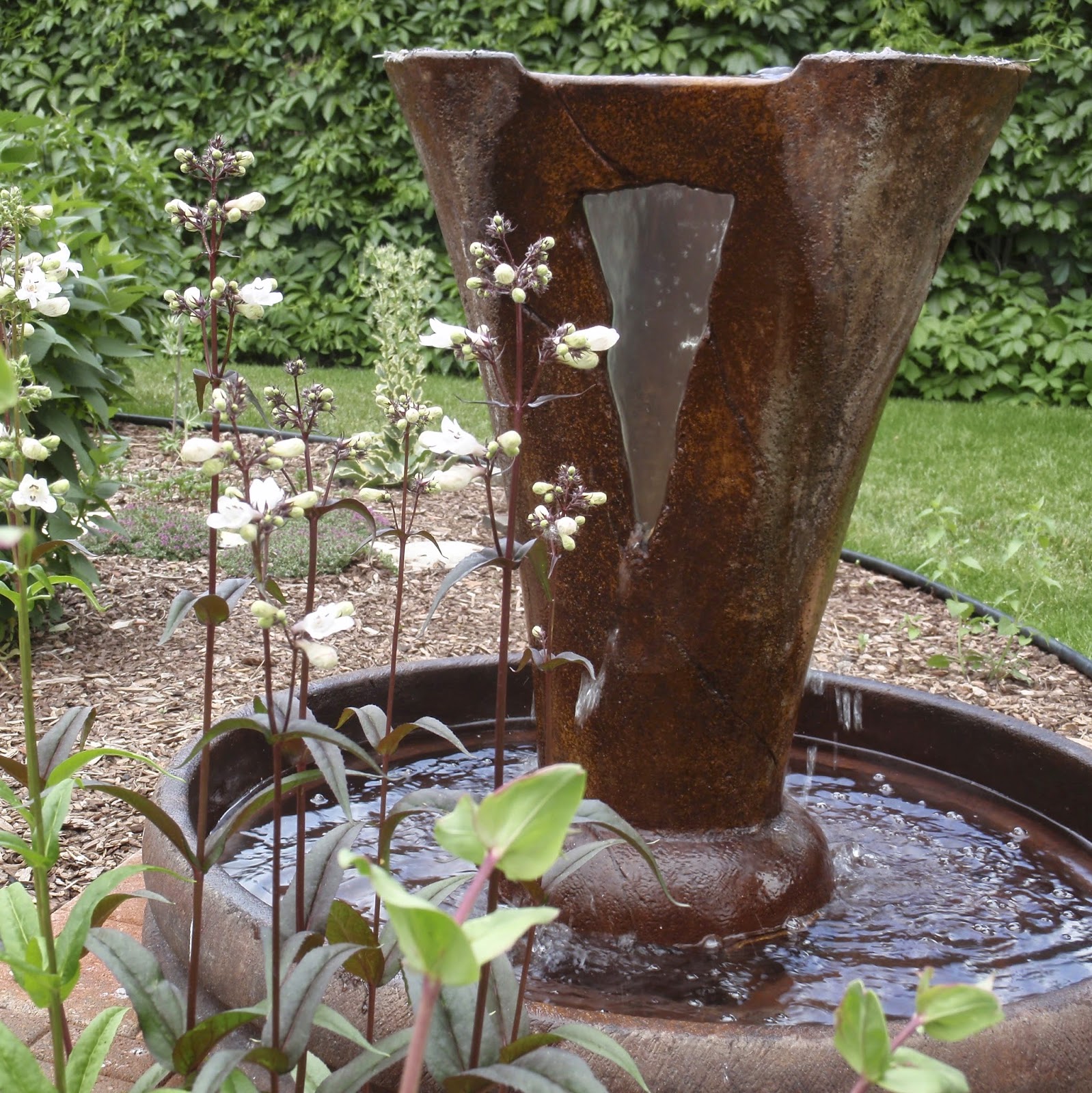A microclimate is the climate of a small area that is different from the area around it. It may be warmer or colder, wetter or drier, or more or less prone to frosts. Microclimates may be quite small - a protected courtyard next to a building, for example, that is warmer than an exposed field nearby. Cornell University Extension offers the following information about factors that influence microclimates.
Microclimates in your yard
- Your house and other buildings create many microclimates around your yard. Just like urban areas, your house absorbs heat during the day and radiates it back at night. If your prevailing winds are from the northwest, this creates a warmer, more sheltered microclimate on the south and east sides of your house. While the north side of your house may receive harsh winds and no sun during the winter, keep in mind that in summer - when the sun rises north of east and sets north of west - these areas can be baked by heat and dried out by the same prevailing winds. Keep in mind, too, that when wind hits your house, it creates turbulence and higher wind speeds along the wall and as the wind goes around the corners of the building. These areas may not be good places to plant broad-leaved evergreens or other plants that can be easily dried out by winds. Bark on young trees planted on the south or southwest sides of buildings are more prone to cracking in winter.
- Balconies and rooftops -- because they are above ground level -- may escape frosts that kill tender plants at ground level on nights with radiational cooling. But cold, drying winds may be an even bigger factor depending on the location, orientation and exposure of the balcony or rooftop.
- Fences, walls and large rocks can protect plants from wind and radiate heat, creating sheltered spots. Sometimes, if fences block cold air drainage through your property, the cold air can puddle behind them causing very localized frost damage on near-freezing nights.
- Raised beds and terraces -- like hillside slopes -- can warm and drain earlier in spring, especially if they are oriented toward the south.
- Paved surfaces - such as patios, driveways and sidewalks - can absorb heat and reradiate it at night, moderating night-time temperatures. Such impervious areas can't absorb water, and may create wet spots if the water that flows off of them is concentrated in one area. Watch for similar wet areas where water flows off roofs or out of downspouts. Buildings can also create "rain shadows" on the lee side of a house if rains are accompanied by winds.
- Trees can also prevent rain from reaching the ground. That, coupled with competition for water and nutrients from the tree's roots, may make it difficult to grow less-competitive plants around the base of larger trees.
Take a walk around your yard, noting existing microclimates and places where you could create a new microclimate. You may just be able to create the perfect spot for that special plant you've been thinking about!









